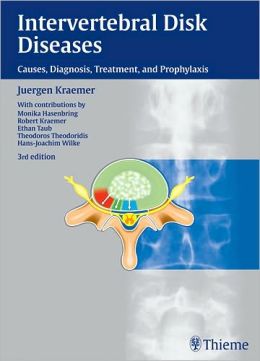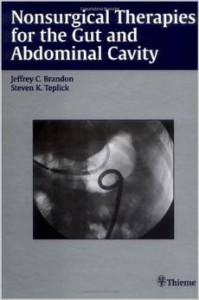-86%
Understanding Musculoskeletal Outcomes Instruments
Reliability and Validity: The Cornerstones of Instrument Evaluation
Reliability and validity are fundamental metrics used to assess the trustworthiness of any measurement tool. Reliability measures the instrument’s consistency, ensuring that it produces similar results when used by different individuals or in different situations. Validity, on the other hand, assesses the instrument’s ability to accurately capture the intended concept or outcome.
Population Validation: Contextualizing Instrument Performance
The validity of an instrument is inextricably linked to the population it is validated within. Factors such as age, gender, ethnicity, and disease severity can significantly influence an instrument’s performance. Validation studies assess the instrument’s performance in a specific population, providing insights into its applicability to different patient groups.
Clinical Relevance and Ease-of-Use: Practical Considerations
In the clinical realm, the relevance and ease-of-use of an instrument are of paramount importance. Instruments must be clinically meaningful, providing information that directly impacts patient care decisions. Additionally, the usability of an instrument affects its adoption and implementation in clinical practice.
Numerical Rating System: Quantifying Instrument Value
This handbook utilizes a comprehensive numerical rating system to evaluate each instrument. This rating system quantifies the instrument’s clinical relevance and ease-of-use, empowering clinicians to make informed decisions about the most appropriate instrument for their patients.
Organized Anatomical Structure: Streamlining Instrument Selection
To enhance accessibility, the handbook is meticulously organized by anatomical region. This structure simplifies the process of locating instruments relevant to specific areas of the musculoskeletal system, saving clinicians valuable time and effort.
Essential Reference for Musculoskeletal Care Providers
This compact yet comprehensive handbook serves as an indispensable resource for orthopedic surgeons, rheumatologists, physical and occupational therapists, and all healthcare professionals involved in managing musculoskeletal conditions. Its lucid explanations, user-friendly design, and wealth of information make it an invaluable aid in selecting, interpreting, and utilizing musculoskeletal outcomes instruments for evidence-based decision-making.
maybe you like these too:
- Grading and Staging in Gastroenterology
- Diagnostic Samples: From the Patient to the Laboratory: The Impact of Preanalytical Variables on the Quality of Laboratory Results
- Musculoskeletal Ultrasound with MRI Correlations (ORIGINAL PDF from Publisher)
- Psychological Testing: A Practical Approach to Design and Evaluation










Reviews
Clear filtersThere are no reviews yet.